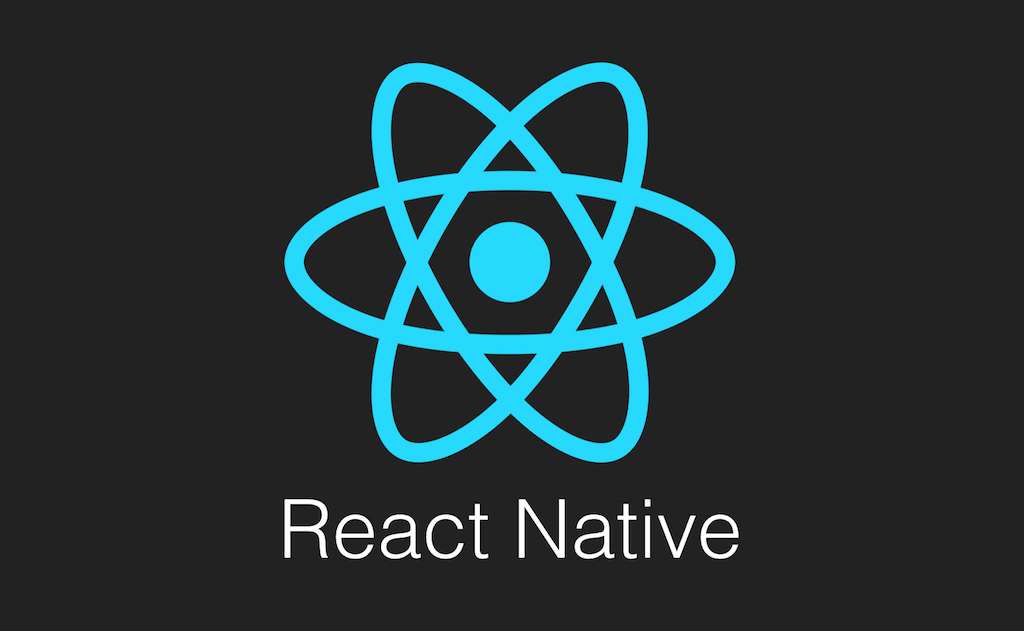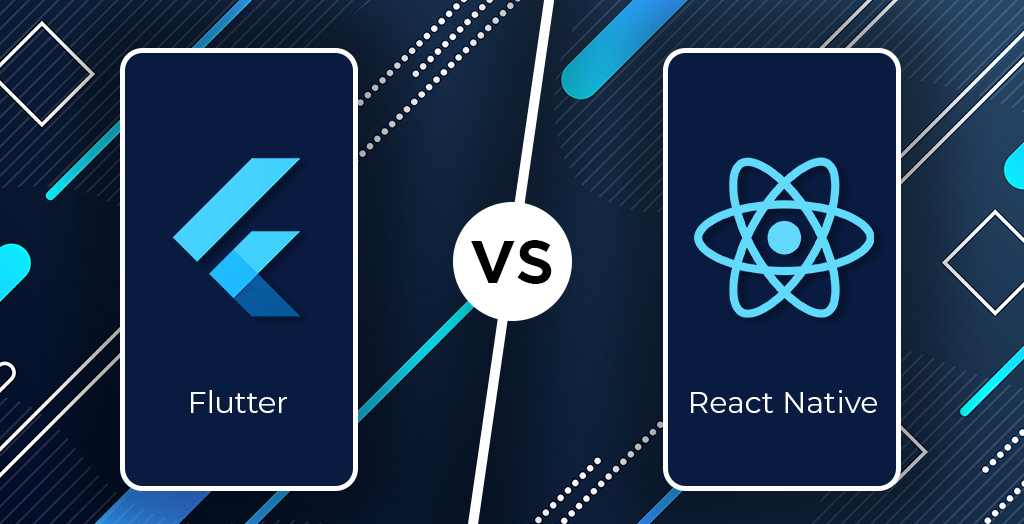Flutter vs React Native: Comparing Two Leading Cross-Platform Development Frameworks
 Tushar Mishra
Tushar Mishra
Mobile app development has come a long way since the days of purely native app development. The advent of cross-platform app development frameworks like Flutter and React Native has made it possible to develop high-quality mobile apps for both Android and iOS platforms simultaneously. In this blog post, we'll take a closer look at two of the most popular cross-platform app development frameworks - Flutter and React Native, and compare their strengths and weaknesses.

What is Flutter?
Flutter is a mobile app development framework created by Google. Flutter uses the Dart programming language and is known for its impressive performance, ease of use, and the ability to create beautiful, responsive user interfaces. With Flutter, developers can write a single codebase and deploy apps for both Android and iOS platforms. Flutter comes with a rich set of pre-built widgets that make it easy for developers to create apps that look great on all devices.

What is React Native?
React Native is another cross-platform mobile app development framework that was created by Facebook. React Native uses JavaScript as its programming language and is known for its flexibility and robustness. With React Native, developers can write a single codebase and deploy apps for both Android and iOS platforms. React Native also comes with a rich set of pre-built components and libraries that make it easy for developers to create apps with a native look and feel.

Comparing Flutter and React Native
Now that we have a brief overview of Flutter and React Native, let's dive deeper and compare them based on some key factors.
1. Performance
Performance is a crucial factor in mobile app development, and both Flutter and React Native have their strengths in this area. Flutter is known for its impressive performance due to its use of the Dart language, which is compiled to native code. Flutter's built-in widgets are also designed to provide smooth and responsive user experiences.
React Native, on the other hand, uses JavaScript, which is an interpreted language, and this can sometimes lead to slower performance compared to Flutter. However, React Native has made significant improvements in performance over the years and has become a more robust platform. React Native also allows developers to leverage native code when necessary, which can help improve performance.
2.Development Time
Both Flutter and React Native are designed to help developers save time and effort in mobile app development. With Flutter, developers can write a single codebase and deploy apps for both Android and iOS platforms, which can help reduce development time significantly. Flutter's pre-built widgets and tooling also make it easy for developers to create UIs quickly and efficiently.
React Native also allows developers to write a single codebase and deploy apps for both Android and iOS platforms. React Native's hot-reloading feature also allows developers to see changes in real-time, which can help speed up the development process.
3.User Interface
Both Flutter and React Native provide developers with the tools they need to create beautiful, responsive user interfaces. Flutter's built-in widgets are designed to provide a native look and feel on both Android and iOS platforms. Flutter also allows developers to create custom widgets, which can help them create unique UIs.
React Native also provides developers with a rich set of pre-built components and libraries that make it easy to create UIs that look and feel native. React Native's flexibility also allows developers to create custom components that can be reused across multiple apps.
4.Community and Ecosystem
Both Flutter and React Native have large and active communities, which means developers have access to a wealth of resources, including documentation, tutorials, and third-party libraries. Flutter is backed by Google, and its community is growing rapidly. Flutter also has a growing ecosystem of plugins and packages that can help developers add new features to their apps quickly.
React Native's community is also large and active, and it has a vast ecosystem of third-party libraries and plugins. Since React Native is backed by Facebook, it also has access to Facebook's resources, which can help developers access the latest updates and tools. React Native also has a robust community of developers who contribute to the platform by creating open-source libraries and packages.
5.Learning Curve
Both Flutter and React Native have a learning curve, especially for developers who are new to cross-platform app development. Flutter uses the Dart language, which may require some time to learn, but it is relatively easy to read and write. Flutter's pre-built widgets and tooling also make it easy for developers to get started quickly.
React Native uses JavaScript, which is a language that many developers are already familiar with. However, React Native has a steeper learning curve compared to Flutter due to its complex architecture and the need to learn how to use React, a JavaScript library. React Native also requires developers to have a good understanding of the underlying native platform, which can add to the learning curve.

Conclusion
Both Flutter and React Native have their strengths and weaknesses, and the choice between the two will ultimately depend on the needs of the project and the developer's preferences. Flutter is known for its impressive performance and ease of use, while React Native is known for its flexibility and robustness. Developers who are already familiar with JavaScript may find React Native easier to learn, while those who prefer a more modern language may prefer Flutter.
In summary, both Flutter and React Native are powerful cross-platform mobile app development frameworks that allow developers to create high-quality mobile apps for both Android and iOS platforms. By weighing the pros and cons of each platform, developers can make an informed decision about which framework to use for their next mobile app project.
We hope you found this comparison of Flutter vs React Native informative and insightful. If you did, please consider helping us by giving it a like or sharing it with others❤️.
Subscribe to my newsletter
Read articles from Tushar Mishra directly inside your inbox. Subscribe to the newsletter, and don't miss out.
Written by

Tushar Mishra
Tushar Mishra
Hi there! I am a third-year computer science engineering student with a passion for Full-stack development and DevOps. I love working on projects that involve both front-end and back-end development, and I'm always looking for ways to improve my skills and knowledge in these areas. In addition to my development work, I also enjoy writing blog posts and contributing to open-source projects. I find it incredibly rewarding to share my knowledge and experiences with others, and to collaborate with like-minded individuals to create high-quality software that can benefit the wider community. As a DevOps enthusiast, I'm also interested in the tools and processes that enable teams to build, test, and deploy software more efficiently and reliably. I believe that a strong DevOps culture is essential for any organization that wants to succeed in today's fast-paced software development landscape. Overall, I'm a curious, creative, and driven individual who is always looking for new challenges and opportunities to grow both personally and professionally.